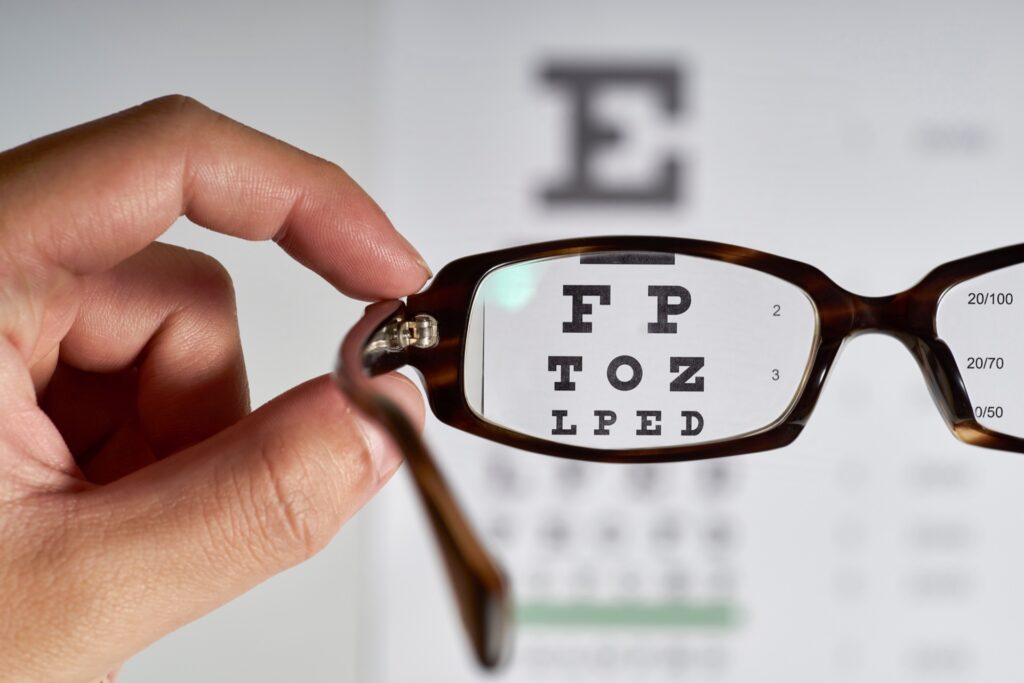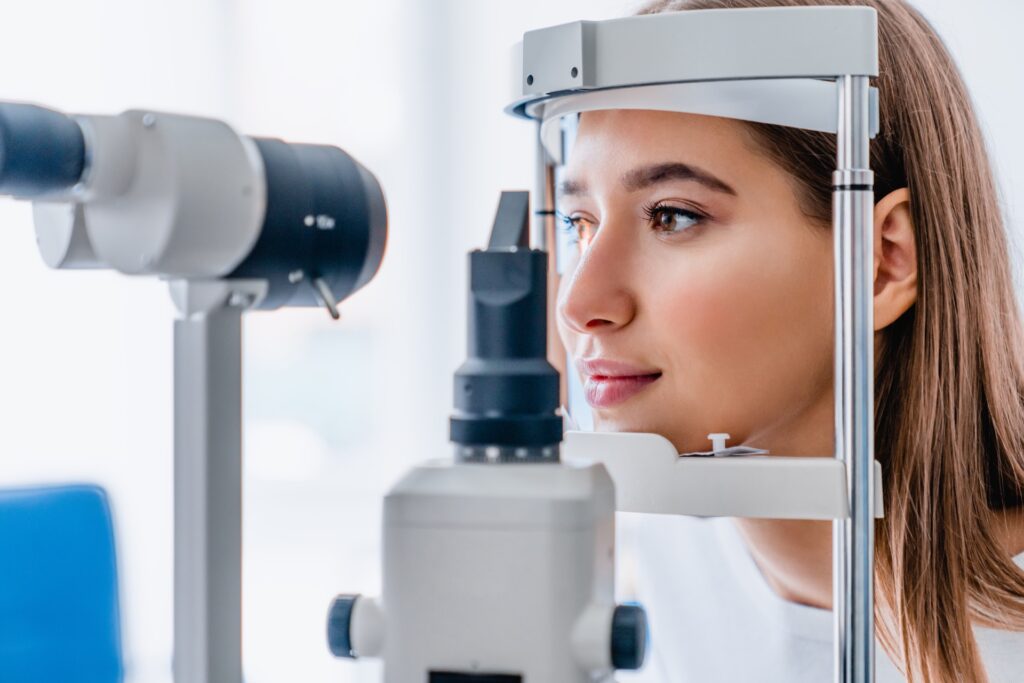Unfortunately, most people aren’t able to enjoy 20/20 vision forever, and for many people, they end up being either nearsighted or farsighted. But what’s the difference between being nearsighted vs. farsighted?
Below we break down what each means, how it happens, and the treatment options available.
Nearsighted Vs. Farsighted: What Does it Mean to Be Nearsighted?
There’s often still a lot of confusion around both terms, but both refer to the distance at which objects can be seen clearly. In the case of nearsightedness, nearby objects (i.e. those within a relatively close range) can be seen with relative clarity. Objects in the distance will generally be blurry or out of focus and hard to see.
Nearsightedness has to do with refraction errors in your eye which are caused by the shape of your eye. Some children can be born with nearsightedness, while others can develop it later in life. Our eyes actually change in size as we get older and sometimes this can cause these errors to occur in our vision.
How Can Nearsightedness Be Treated?
In most cases, nearsightedness can be fixed with corrective lenses either in the form of glasses or contact lenses after getting an eye exam from an optometrist. In more severe cases, eye surgery is also an option and has the potential to correct vision for a much greater period of time.
What Does it Mean to Be Farsighted?
In many ways, the exact opposite of being nearsighted, being farsighted (also known as hyperopia) means objects in the distance can be seen with relative clarity. Objects that are closer to you are generally more difficult to see.
Like nearsightedness, being farsighted is also caused by how the eye is shaped. If you’re farsighted it means your cornea is flat, or your eyeball is shorter than normal.
How Can Farsightedness Be Treated?
Again, like nearsightedness, farsightedness can also be diagnosed with an eye exam from an optometrist. Glasses, contact lenses, or eye surgery are all options again to help correct vision and return clarity to objects close up.


